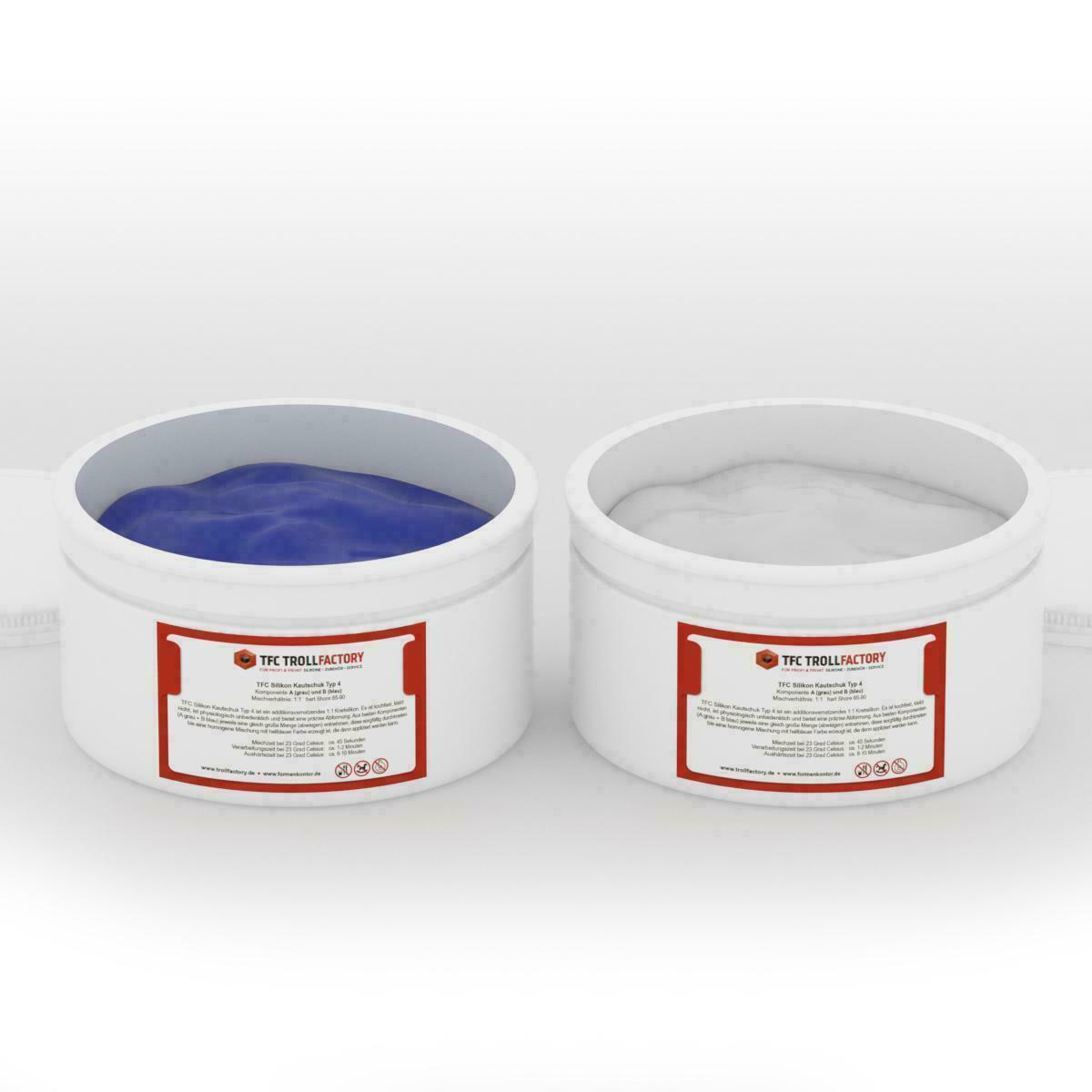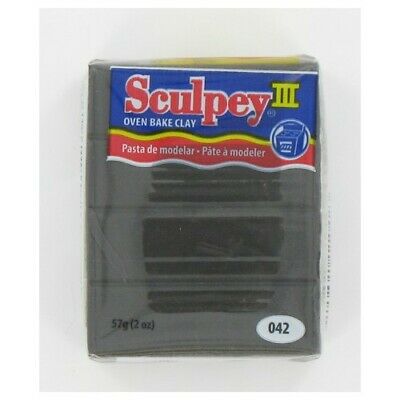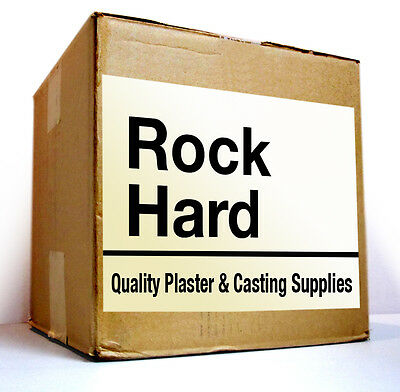-40%
Polyment 22lbs Silicone Rubber Type 4 Putty Kneadable Hart Shore 90 1:1
$ 165.35
- Description
- Size Guide
Description
Polyment 22lbs Silicone Rubber Type 4 Putty Kneadable Hart Shore 90 1:1The description of this item has been automatically translated. If you have any questions, please feel free to contact us.
TFC silicone rubber type 4 kneadable silicone kneadable hard Shore 90 1: 1
Quality made in Germany!
Popular application areas:
Model & mold making
Prototyping & industrial applications
Food impressions
Candle & soap pouring
Plaster & concrete casting
Tin casting
Silicone rubber from Troll Factory
Features and benefits
Silicone is ideal for making reusable molds. The extremely stable, yet flexible material can be used particularly well in mold and model making. Thanks to the advantageous properties of silicone rubber, even complex objects with multi-dimensional undercuts can be reproduced perfectly in great detail.
Do it yourself! Make molds and models from silicone yourself
You can make silicone molds yourself quickly and easily. The silicone, which consists of two components, is mixed in the specified mixing ratio and then poured into the intended shape over the object to be duplicated. In the case of putty silicones, however, the mass is pressed directly onto the object. After hardening, the mold can then be filled with the appropriate casting compound.
Important criteria for choosing the right silicone type
Properties before processing
Mixing ratio -
equal (1: 1) or not equal (e.g. 100: 2 or 100: 5)
Viscosity -
Do you need a liquid, paste-like or kneadable silicone? What kind of silicone processing is planned?
Processing time -
What size is the object to be molded and do you need it if necessary a little more time?
Properties after processing
Shore hardness -
Do you need a soft, medium-hard or hard silicone mold? Can the mold hold the planned casting compound?
colour
/
Translucency -
Translucent silicones can cause problems when taking large models. Make it easier to cut the shape.
Tear strength -
Stable self-supporting molds for larger models or highly flexible molds for better demolding in undercuts?
type of application
Heat resistance -
The silicone mold must be able to withstand the heat of the selected casting compound for a short time. What material should the object to be molded be made of?
Casting compound -
Plaster, concrete, ceramic, casting resin, wax, soap mass, tin, sugar, fondant, chocolate - which silicone is best for which casting compound?
TFC silicone rubber type 4
Type 4 putty silicone is mostly used in the dental field as a matrix silicone, but is also well suited for molding objects that cannot be molded with liquid silicone, such as vertical objects or surfaces. Because it has hardened, it can also be used as a sealant.
Application areas:
Matrix silicone in the dental field
Model & mold making
Impression in the construction sector
Replications / production of small prefabricated parts (theater, costume area, stage construction)
Sealing and damping as a flexible sealing material (not heat-resistant)
Impressions for the creation of prototypes in industry and trade
Use in the training area for quick presentations of all kinds
Application materials:
Water-soluble casting compounds: TFC Xyrarock, Stewalin, Plastalin, Super, Keraflott, plaster, alabit, modeling plaster, concrete, cement
Solvent-containing casting compounds: casting resin (resin), epoxy resin, soap casting compound (soap glycerine), candle wax
That's how it works!
The last step is curing. Here the silicone has to be delivered in the time specified by the manufacturer, usually cure completely at 23 ° C. After the final curing, the form can be removed from the object without any problems. For this purpose, a soft silicone is recommended for impressions of small objects. In contrast to this, hard silicones can be used very well for sealing. The hardened silicone mold can then be poured with various casting compounds. These differ again according to the selected silicone rubber type. These are, for example, ceramic, plaster of paris, concrete, casting resin, candle wax, etc.
1. Selection of the silicone type
2. Materials & preparation
3. Apply silicone
4. Curing & further processing
Quality made in Germany! Popular application areas: Model & mold making Prototyping & industrial applications Food impressions Candle & soap pouring Plaster & concrete casting Tin casting Silicone rubber from Troll Factory Features and benefits Do it yourself! Make molds and models from silicone yourself Important criteria for choosing the right silicone type Properties before processing Properties after processing type of application TFC silicone rubber type 4 Application areas: Matrix silicone in the dental field Model & mold making Impression in the construction sector Use in the training area for quick presentations of all kinds Application materials: That's how it works! 1. Selection of the silicone type 2. Materials & preparation 3. Apply silicone 4. Curing
Marke
Polyment GmbH
EAN
Nicht zutreffend
Maßeinheit
kg
Herstellernummer
nicht zutreffend
Herstellungsland und -region
Deutschland
Anzahl der Einheiten
10
Produktart
Silikon-Kautschuk








